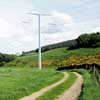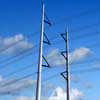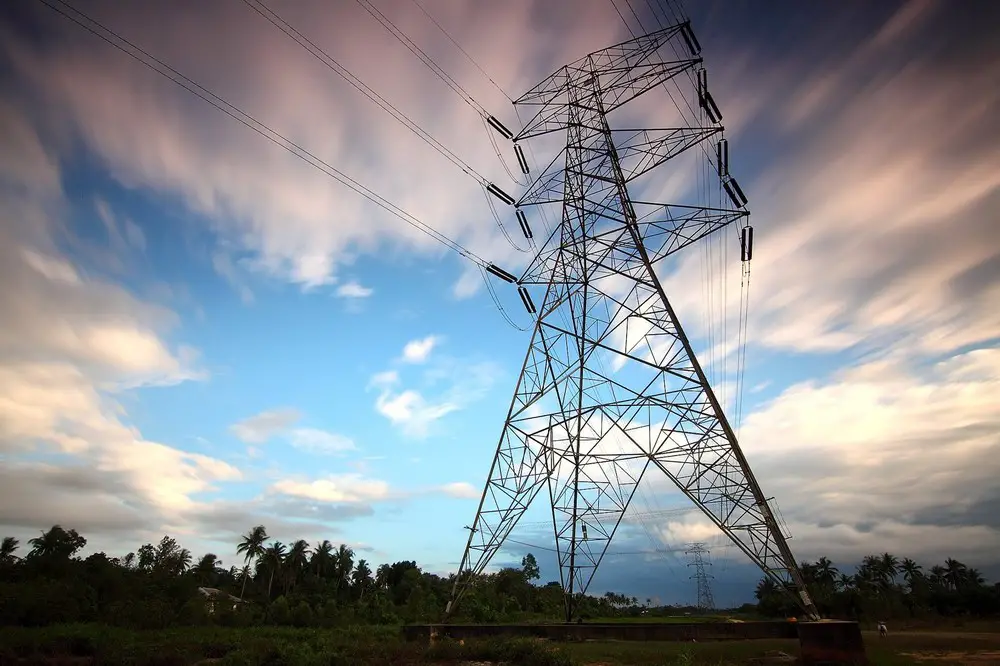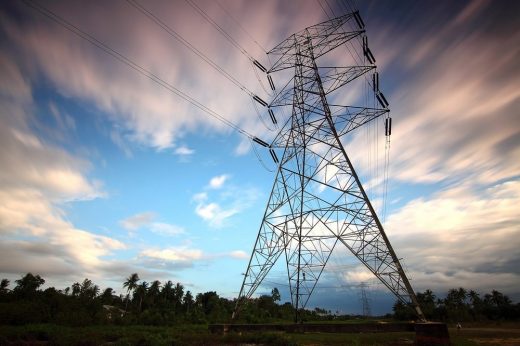Everything You Need To Know About Generators Advice, Electric Power Tips, Energy Generation Guide
Everything You Need To Know About Generators
7 Apr 2020
Everything To Know About Generators Advice
There has always been a huge gap between the wealthy and the poor in our society. That fine line is greatly demonstrated during pandemics, natural disasters, and outbreaks. Affording to stay at home during quarantines or enjoying the generator-powered cooling system during a typhoon blackout is a privilege not available to many. Survival equipment, especially generators, are expensive but an important commodity for every household and workplace (read more).
Power outages rarely happen in the US. But in third world countries, a blackout is a typical phenomenon in their everyday life. Living in the dark is the norm for the marginalized people. Electricity, which should have been a basic human right, became a commodity for the opulent alone.
Aside from wind and solar energy, fossil fuels such as natural gas and oil are the main sources of our electricity. Experts report that fossil fuels are already dwindling in numbers—it is only a matter of time before it runs out. Renewable resources are band-aid solutions that depend on many factors.
Before the inevitable happens, scrounge up every penny you have and invest in quality generators.
How does it work?
Generators are devices used to supply electric energy on our homes and other facilities during power outages. These lifesavers provide us with safety, comfort, and convenience. It prevents the disruption of important activities such as in a hospital setting and the food and beverage industry.
Generators supply electricity through the principle of electromagnetic induction. It obtains mechanical energy through the movement of an electrical conductor. In this case, it is the copper coil that is twisted onto a piece of metal—together they are called an armature. The armature is attached to a motor that can rotate rapidly to produce mechanical energy.
Then, the electrons in the conductor interact with the magnetic field inside its engine—converting mechanical energy into an electrical one. Electric current will then flow from it to our appliances, powering and giving them life.
Modern-day generators can get mechanical energy through several sources such as diesel, natural gas, wind, and water turbine. There are also several types depending on your needs. It is ideal to check some buyers guides online before buying a generator.
Three types of generators
- Portable
Portable generators provide temporary electricity in an easy and convenient way. It is easily transportable and can power up small facilities in remote sites. It is smaller than its conventional counterpart, but it has enough juice to let you enjoy your television, refrigerator, and freezer. Its power source is natural gas or diesel fuel.
- Inverter
Inverters run through an innovative electronic circuitry and magnets. Unlike conventional ones, this equipment undergoes three processes before electric current flows from it. It generates an alternating current (AC) output, which will be converted into a DC voltage. The DC voltage is then inverted back into a clean alternating current; hence the name.
The inversion process makes the inverter an efficient secondary source of electricity. The inversion allows it to supply a steady flow of electric current to your facility. It also automatically adjusts to meet the demand of your appliances. Another advantage is that it operates quietly with low emission levels. Have a look at this: Inverter for homes.
- Standby
A standby generator is an excellent source of temporary electric energy in emergency facilities such as hospitals. As soon as the blackout begins, the standby generator automatically operates to sustain the much-needed electricity. Its source is either natural gas or liquid propane.
It can run for weeks without the need to refuel. It also conducts a weekly engine check-up by itself, ensuring its capacity to automatically respond during a power outage. However, it is the most expensive one among its types.
Another way to classify generators is through their power sources. It can be powered through a variety of sources such as liquid gasoline and renewable fuels.
Proper care and maintenance
Generators may differ in sizes and power sources, but its maintenance process is relatively similar. Routine maintenance and proper care are essential to ensure their quality performance. Expensive but poorly maintained equipment is useless in times of crisis. This website (https://www.huffpost.com/entry/top-7-generator-maintenance-tips_b_9292748) enumerates generator hazards, which includes poor maintenance. To avoid life-threatening dangers, here are some tips in maintaining your electric-generating equipment.
- A general inspection includes checking for fuel leaks as well as cleaning and filtering the fuel. Used generators have a maximum operating capacity of sixty hours before it requires an oil change. Brand new ones need to be changed after the first 25 hours of usage. Inspections are done to avoid fuel degradation (diesel) and contamination by water or microbes. Contamination often results in blocked fuel lines and damaged filters.
- It is also important to check its oil and coolant levels. The cooling system is maintained at intervals, especially during a week-long run. Leaks of any kind should be addressed immediately to avoid bigger problems.
- Battery cables and terminals, as well as hoses and belts, should be inspected once in a while. Technicians recommend powering up unused generators every three months. This is to ensure that your battery is still in its prime health. Also, to inspect the battery’s specific gravity and electrolyte level.
- Use heavy-duty cords such as twelve-gauge ones to ensure proper voltage supply. It also avoids premature motor burnout.
It is also essential to read your equipment’s manual before doing anything you are unsure of. Simple things like not bringing it indoors and not fueling it directly can save you and your generator’s life.
Comments on this guide to Everything You Need To Know About Generators article are welcome.
Electricity Infrastructure Design
A selection of posts on e-architect:
Electricity Pylons for the EdF, France
Design: Ian Ritchie Architects

photo from architect
Electricity Pylons
Pylon figures, Iceland
Design: Choi+Shine, Architects

picture from architect
Pylon Figures
Pylon Design Competition
Winning Design: Bystrup

image courtesy of architects
Pylon Design Competition
Pylon Design
Pylon Design
Design for the new Dutch high voltage pylons, The Netherlands
Design: Zwarts & Jansma Architects

image courtesy of architects
Dutch High Voltage Pylons
Architecture Design
Contemporary Building Designs – recent architectural selection from e-architect below:
Comments / photos for the Everything You Need To Know About Generators Advice page welcome.






